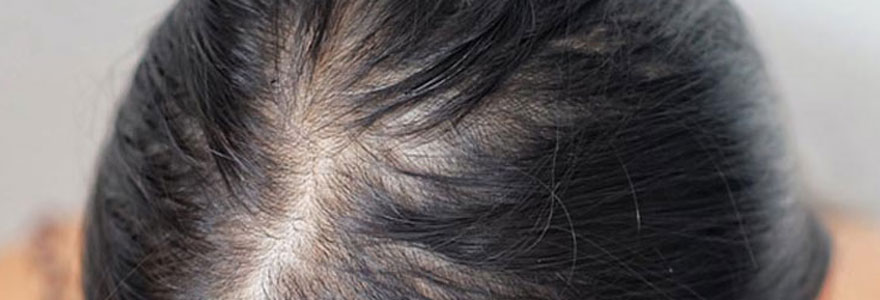
Dr. Amrita Khatri
M.D., B.H.M.S.Book Appointment
Alopecia Areata

Alopecia areata is an autoimmune disorder that causes hair loss on the scalp and other areas of the body. It occurs when the immune system mistakenly attacks hair follicles, leading to hair loss.
Symptoms of Alopecia Areata
- Sudden Hair Loss: Small, round patches of hair loss on the scalp, beard, or other areas of the body.
- Bald Spots: Smooth, hairless patches that may increase in size or number over time.
- Thinning Hair: Hair thinning or reduced hair density in affected areas.
- Exclamation Mark Hairs: Short, broken hairs at the edges of bald patches that are narrower at the base.
- Nail Changes: Pitting, ridges, or other changes in fingernails or toenails, which can occur in some cases.
- Tingling or Itching: A tingling or itching sensation in the areas where hair loss is occurring, though this is less common.
Causes of Alopecia Areata
- Autoimmune Reaction: The body's immune system mistakenly attacks hair follicles, leading to hair loss.
- Genetics: A family history of alopecia areata or other autoimmune disorders can increase the risk of developing the condition.
- Environmental Factors: Stress, viral infections, or other environmental triggers may contribute to the onset of alopecia areata.
- Other Autoimmune Conditions: People with other autoimmune diseases, such as thyroid disease or vitiligo, are at higher risk of developing alopecia areata.
- Hormonal Imbalances: Changes in hormones, particularly during puberty, pregnancy, or menopause, can trigger or exacerbate hair loss.


